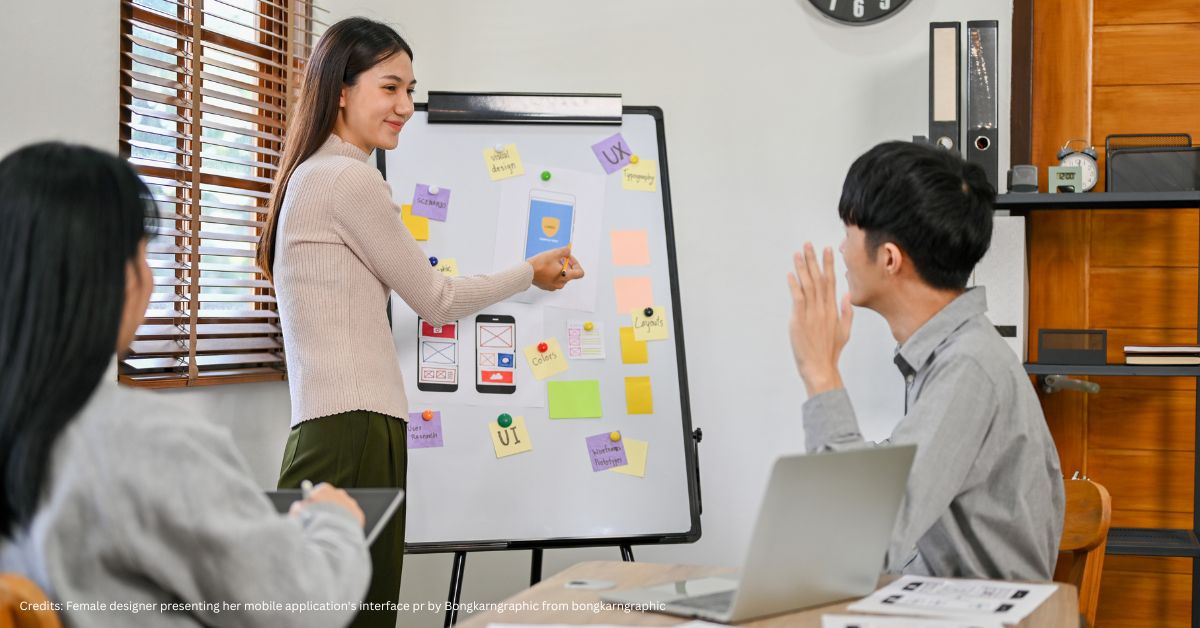Good advocacy achieves outcomes while bad advocacy can have very negative effects for your organisation and is invariably somewhat career limiting for those involved. The following are tips on how to improve your advocacy strategy to achieve real success.
Understand the difference between advocacy and lobbying
Advocacy literally means to speak up, to plead the case of another or to fight for a cause. It is derived from the Latin word advocare, which means ‘coming to the aid of someone’ and describes a wide range of actions and activities that try to influence outcomes affecting the people served by the not-for-profit.
Advocacy shouldn’t be confused with lobbying, which involves attempts to influence legislation at the local, state or federal level. With this basic truism under our belts, we can refine the craft of advocacy.
Know your message
To get advocacy right, you need to make sure you know what you are trying to achieve. In other words, you need to have your message right. It should be a no-brainer but there are many cases where advocacy campaigns have failed simply because those presenting a case have not been clear about their message.
Target people with influence
Another important factor to take into account is ensuring that the people you are targeting have the authority to act on your behalf. There’s nothing worse than putting forward ‘the solution’ only to find that the decision-makers you have met don’t have the funds or capacity to deliver it. Winning the war and not the battle should be your approach. Sometimes small steps building to ‘the solution’ will get you further than a big hairy audacious goal.
Use the media to your advantage
In winning the war, the use of the media becomes a very important tool in your advocacy kit. The media can reach more people in one story than you can reach in 100 days of wearing out shoe leather.
The media also has great influence with politicians and government decision-makers. Politicians know that voters respond to what they see or hear in the media. If voters don’t like what they hear or see they often don’t vote for those they believe to be responsible for these matters.
Develop a comprehensive media strategy
It’s important to develop a media strategy before you kick off any campaign. Don’t just ring up a journalist or send out a press release because, once made public, the information you’ve given to the media can’t be taken back.
Your media strategy should include all the possible media vehicles available, including press releases, newspapers, television, radio and social media. By developing a targeted media strategy you will attract maximum media coverage for your issue and be able to plan strategically for the long-term rather than spend all your time reacting and putting out fires.
Have a spokesperson
It’s important to have a credible, reliable and knowledgeable spokesperson who is the go-to person for the media. You must choose someone with media training or train the appropriate person. Make sure they are briefed on the position you want to take on any issue or event, and make sure that when they speak to the media they stick to message and never try to cover more than two or three points.
Advocacy is often one step forward for two steps back but if you are prepared and have the right tools at hand the steps forward can be giant strides.















































































































































